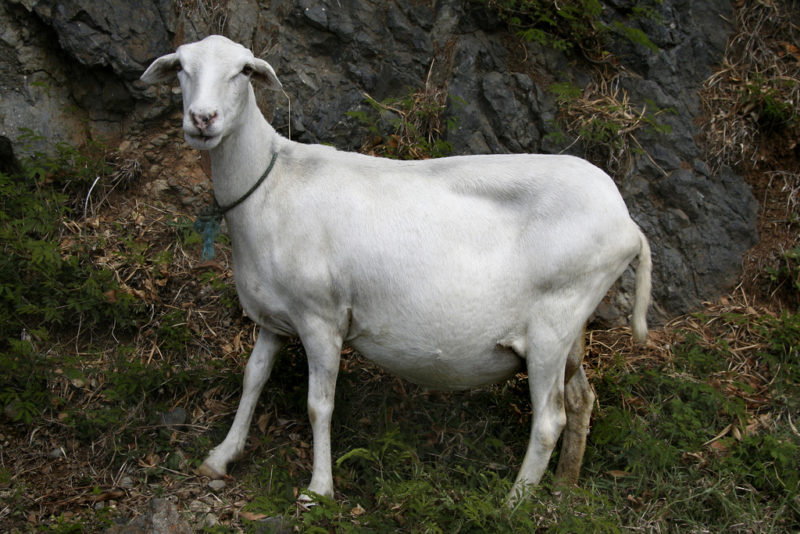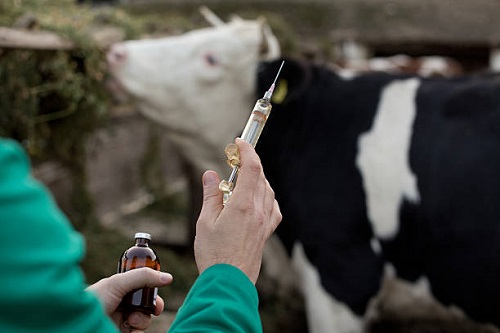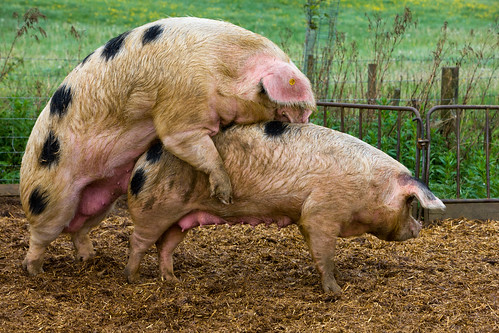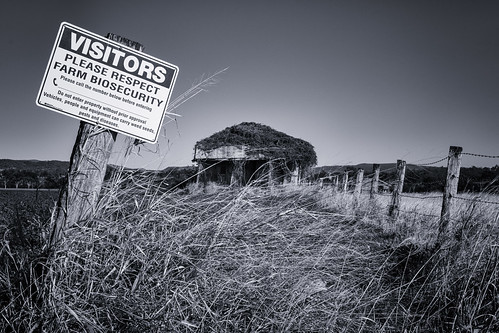Needs of Pregnant Animals
The needs of pregnant animals are different from male and non-pregnant animals. First and foremost, it’s highly necessary to keep records of your pregnant animals from the day they mated. Doing this makes it easy to provide vital management tasks that the pregnant animals need.
Care starts even before a pregnant animal becomes pregnant. Female animals are expected to have the ideal body condition, i.e., they should not be too thin or too fat, in order for them to come on heat, conceive and carry their foetuses well. In short, there should be a proper nutritional programme in place for all female animals intended to be used for breeding purposes.
Also Read: How To Detect Pregnancy In Farm Animals
Flushing, the act of feeding an animal specially four weeks before mating or breeding, is done in order to boost the production and release of multiple ova or eggs. For ruminants, it involves the provision of higher quality feeds (hay or silage) and concentrates before the animals are serviced.
- After an animal is confirmed to be pregnant, there are a few things that must be done. These include: Encourage the animal to exercise her body by allowing her to graze on the field or pasture. This will prevent the animal from gaining excess weight or developing excess fat (obesity).
- Keep the animal in a separate pen or shed (with adequate space) where there would be any disturbance or bullying.
- Monitor the animal and ensure that her body condition scores are appropriate. If the animal is underweight, she should be fed with an additional quantity of feed for rapid weight gain.
Normally, in the last trimester of pregnancy, the foetus(es) affects the nutritional requirements of the dam (mother). At this stage, the animal needs more energy and protein.
Dangers of Underfeeding Pregnant Animals
- Underfeeding pregnant animals leads to poor body condition when the animals give birth and low milk production
- It may also results in giving birth to weak or lightweight offspring
- It may also lead to stillbirth (foetal death) before or after delivery
- The pregnant animal may become very weak prior to parturition.
While underfeeding is dangerous, overfeeding is also very bad. Overfeeding of pregnant animals must not be encouraged as it is also dangerous like underfeeding.
Dangers of Overfeeding Pregnant Animals
Some of the dangers of overfeeding include:
- It can cause the foetuses to grow too large
- The dams (pregnant animals) may develop high-fat deposition and poor muscle condition that are capable of interfering with parturition or giving birth
- Higher risk of fatty liver syndrome and/or pregnancy ketosis
- Fat deposition in the udder may lead to reduced or low milk production
While milk fever is a health condition that primarily affects dairy cattle, any lactating animal could also be affected. Milk fever occurs in a lactating animal due to the demand for calcium after the animal gives birth and starts to lactate. If such animal was placed on high calcium diet during pregnancy, mobilization of calcium from her bones is a process that her body is ready to do; however, it is a necessary process during lactation. So a sudden drain of calcium through milk leads to a sudden fall in the levels of blood calcium. The affected animal starts experiencing weakness of the body, trembling, breakdown, and sometimes, the animal will die. The best way to prevent milk fever is to avoid feeding a pregnant animal with feeds or feed ingredients high in calcium such as bone meal, alfalfa, etc. in the last month of pregnancy.
Also Read: Pregnancy and Gestation Periods of Various Farm Animals
Other things that should be done for pregnant animals in the last month of pregnancy are:
- Give Selenium or Vitamin E injection in the last 2-4 weeks of pregnancy. This is necessary to prevent the developing foetus from having White Muscle Disease (WMD) and the dam from suffering Selenium deficiency
- You may also deworm pregnant animals using an anthelminthic suitable for use in pregnant animals. Please note: Don’t use any anthelmintic or dewormer for a pregnant animal without consulting a qualified veterinarian, and ensure that you check the label of the drug before administering it to the animal
- Always use low-stress handling techniques on the animals
- Provide good shelter from rain, sunlight and wind. The pen or shelter must have good ventilation and adequate space
- Prepare a dry, clean pen or room where the animals will give birth. Remove old, dirty beddings and disinfect the pens and their environs between births. Also, remove any sharp or harmful objects that could harm the offspring or mother.
As a livestock farmer or handler, it is important for you to spend enough time to care for your pregnant animals. If you do these, you will reap the rewards.




Livestock lndustry has been the society work tool. lt has really changed the lives of young dedicated farmers.